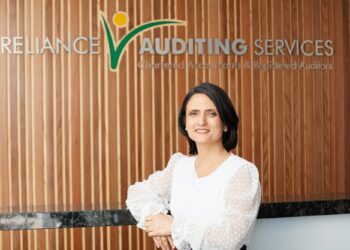Despite rising interest rates and challenging lending opportunities, Graeme Colley, executive manager of SuperConcepts, said he does not see a rush of SMSFs offloading property holdings.
“Most of the more than 15,000 of our clients are choosing to retain their property because they see it as a long-time strategy,” he said.
Recent data from the Australian Taxation Office (ATO) indicated that investment into property by SMSF had grown over the five years from 2016 to 2021.
However, for the past 12 months, analysis from the ATO indicates that the trend may be reversing, with new data showing the value of property owned by SMSFs has been falling despite the value of overall assets in the funds continuing to rise.
The analysis revealed that total assets til the end of 2022 increased by about 2.4 per cent, while commercial and residential property fell by 2.6 per cent.
Mr Colley said in regard to commercial property, if a business is included in an SMSF and it is leasing it back to that business, it is unlikely it would be removed from the portfolio.
“It is less likely an SMSF would get rid of a commercial property,” he said.
“I don’t get a great feel on residential properties because I’m not seeing it being dumped because of low gearing.
“Geared properties, if they use limited recourse borrowing arrangements and with increased interest rates, may see some clients inclined to sell off their properties because they may not be able to get the cash flow into the fund to pay off the loan.
“Other costs like inflation could stifle retention of the fund because of limited recourse borrowing arrangements. There is a higher risk if a property is owned directly by a super fund because they have gearing, and this can create a problem if it makes up a high percentage of the fund — that is where the problems may arise.
“For instance, if 90 per cent of the fund is compiled of property and there is an increase in the interest rates and inflation, it will put a lot of pressure on that fund.”
Another recent analysis by BDO Australia, which compared the tax treatment of assets held in an SMSF with those owned by individuals and companies, showed SMSFs remain the most efficient tax structure for long-term property investment.


